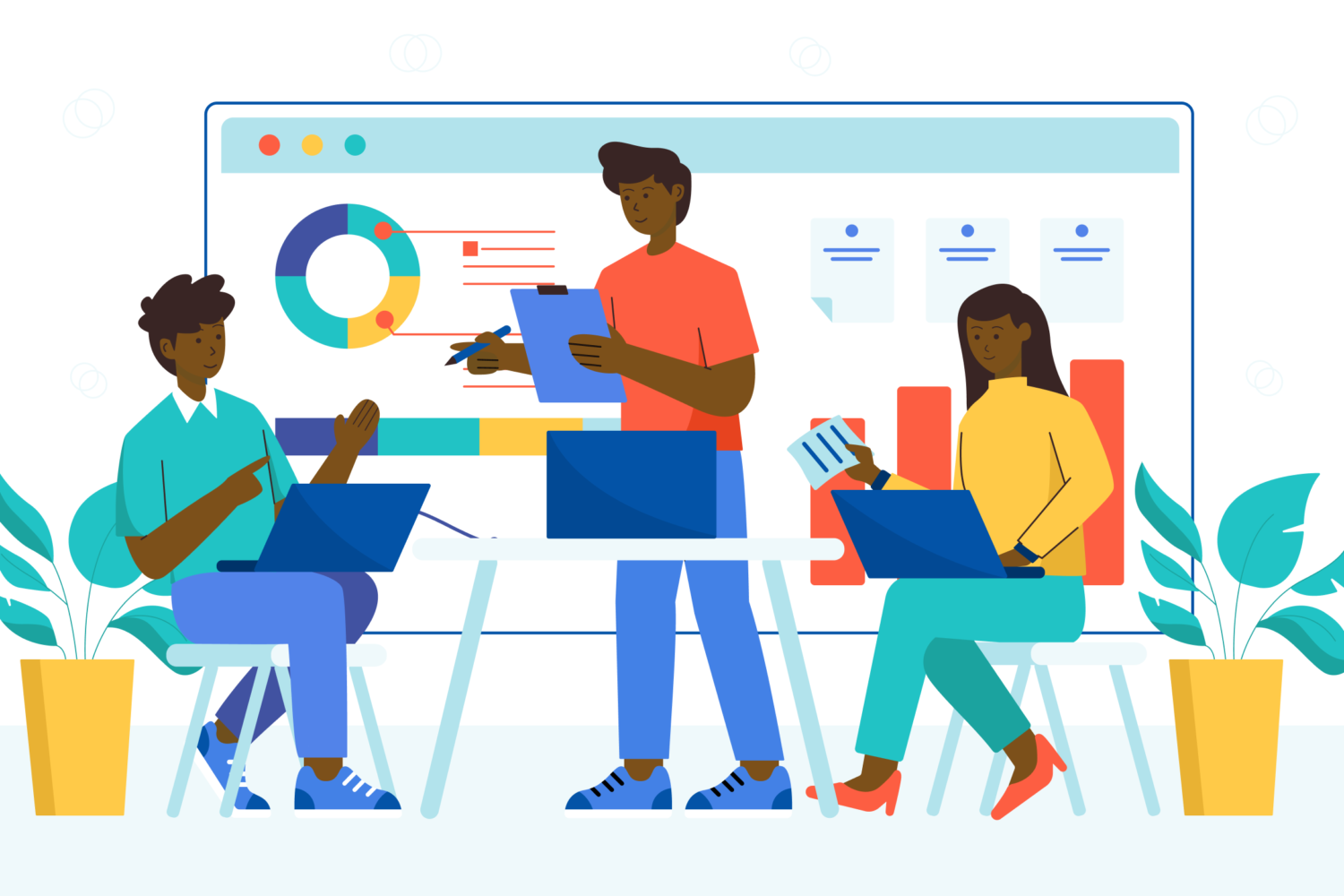
Disaggregated data: How can it help your mission?
About This Special Report
How exactly would social purpose organizations use disaggregated data to inform their work? How do the organizations who are already using it do it? What are the ways the social sector’s COVID response could have been more equitable if disaggregated data were informing it? And what are the ethical considerations when it comes to collecting this kind of data?
Disaggregated data can reveal systemic inequities. It can also reinforce them — here’s how.
Community trust in social impact organizations who do disaggregated data collection can be shattered if it is done badly, especially with subjects who are already overpoliced and surveilled.
Canada lags behind the US on disaggregated data — but these Canadian organizations are catching up. Here’s what they’ve learned.
Because of systemic oppression and marginalization, some populations are more likely to experience challenges like homelessness, food insecurity, and other issues social purpose organizations work on. Without data on who exactly experiences what challenges, how can organizations develop and deliver effective programs, services and advocacy?
Three ways COVID response could have been better with (more) disaggregated data
Disaggregated data makes the intersectional nature of the COVID-19 pandemic painfully obvious, but many social purpose organizations don’t have access to critical information – or don’t know what to do with it.
Explainer: What is disaggregated data, and why don’t social purpose organizations have access to it?
Over the past couple of years, there has been an increased demand for disaggregated data in Canada in order to identify and address social and racial inequities faced by vulnerable populations. But few understand what the term really means, how it works and why Canada is investing in collecting such data now.
